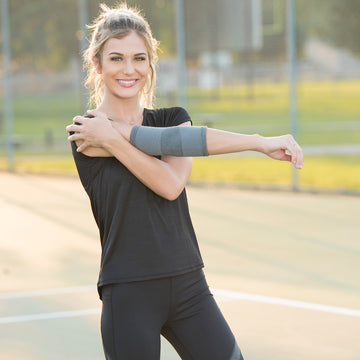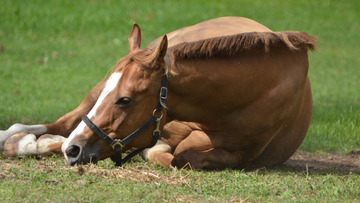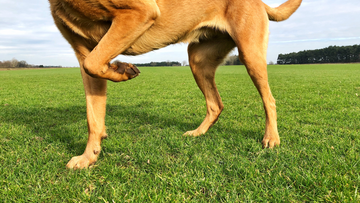What is Rebounding?
Rebounding is a mini-trampoline exercise that can range from low-impact, dance cardio to high-intensity, sweat-inducing strength training sessions. If you need a break from cardio, there are fun ways to incorporate pilates, barre, and yoga classes using your trampoline as a prop. The options are limitless and, most importantly, fun!
The idea of rebounding has been around for quite some time. Rebounding gained popularity in the 1980s when NASA studied its effects to help astronauts regain bone and muscle mass after being in space. But what many of us probably remember most is falling in love with jumping on trampolines as children.
 Because of the sheer joy we had bouncing around, we probably didn’t notice or care about the health benefits we were receiving from all of that exercise. Rebounding isn’t just for children. It’s perfect for anyone, no matter what age or fitness level. So now that we’re a little older, and a lot wiser, let’s take a closer look at the benefits our bodies receive from incorporating rebounding into our exercise routine.
Because of the sheer joy we had bouncing around, we probably didn’t notice or care about the health benefits we were receiving from all of that exercise. Rebounding isn’t just for children. It’s perfect for anyone, no matter what age or fitness level. So now that we’re a little older, and a lot wiser, let’s take a closer look at the benefits our bodies receive from incorporating rebounding into our exercise routine.
What Are The Benefits of Rebounding?
Think of rebounding as aerobics on a mini trampoline without the hard impact on your joints. It’s a perfect exercise for core strength and building lower body muscle mass since your muscles contract with each bounce. It’s also great for building bone strength because rebounding can increase the gravitational load or GForces. Here are just a few more of the many benefits of rebounding:
- Circulates more oxygen to the tissues
- Helps improve body composition and muscle-to-fat ratio
- Increases the capacity for respiration
- Strengthens the heart muscle so that it works more efficiently
- Promotes tissue repair
- Helps to improve balance and stability
- Rebounding works well for weight loss
- Helps to increase endurance over time
- It releases endorphins, improving your mood - it’s fun!
Getting Started
As with any new exercise, you should talk with your doctor before beginning. If you’ve had joint replacement surgeries or have health conditions, you’ll want to get the green light from your doctor. When you’re ready to start, you’ll want to do so slowly and allow your body time to adjust. The obvious risk of using a trampoline as a prop for exercise is falling off, so be sure to clear the area around you of any pointy or hard objects. Placing cushions or yoga mats around your trampoline is also a good idea if you fall.
However, the idea here is not to bounce high into the air like we would on a larger trampoline. In the beginning stages, keep bounces small and focus on the form until you build confidence. Some rebounders have handlebar attachments to provide an additional point of contact for balance and support.
There are various rebounding workouts on Obe or YouTube to get you started. Exercises can range from just a few minutes to an hour-long session incorporating several different intensity levels. Many people see results within the first week but remember, slow and steady wins the race! Consistency is key to any workout routine.






















